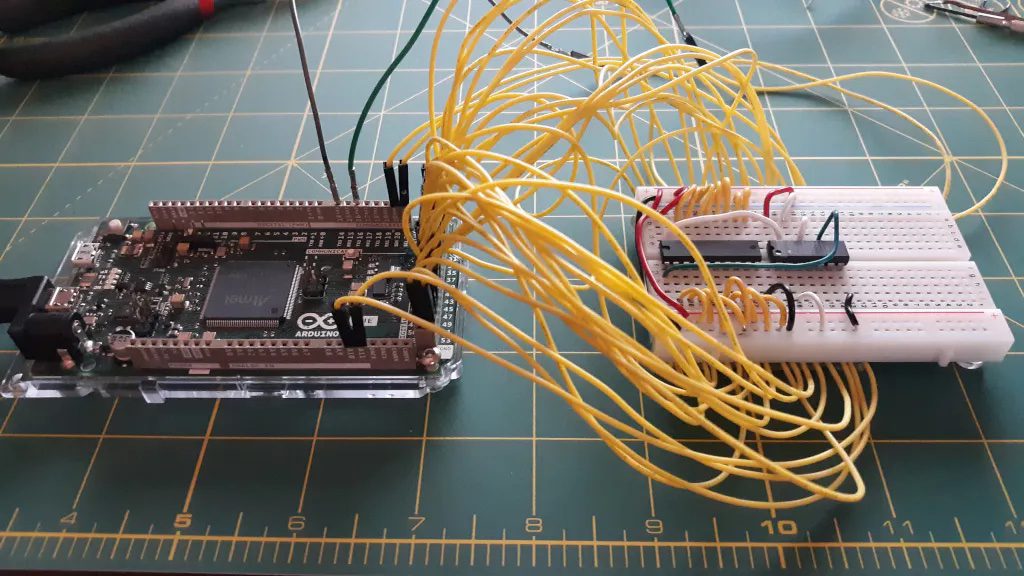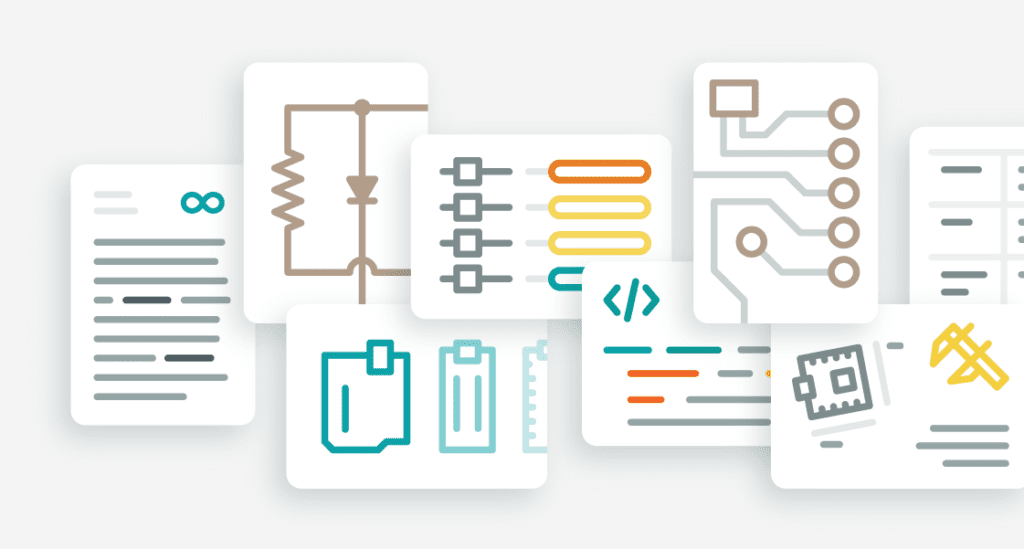Schlagwort: Schematics
-

Schematic-o-matic automatically creates KiCAD schematics from your breadboard
Reading Time: 2 minutesArduino Team — December 3rd, 2021 Breadboards are the first tool you break out in any prototyping journey and almost every project will utilize a breadboard at some point. Those breadboards often turn into a rats’ nest of overlapping wires that are difficult to trace, which makes it difficult to create an…
-

Arduino Docs has all the info you ever need about Arduino boards
Reading Time: 4 minutesThe truth is, we never entirely got to grips with Arduino documentation. Until now. Now there’s a new standard for gathering together product info, tech specs and tutorials, that we’re calling Arduino Docs. We’re excited to share it with the Arduino community who’ll soon be able to help it grow. It Began…

